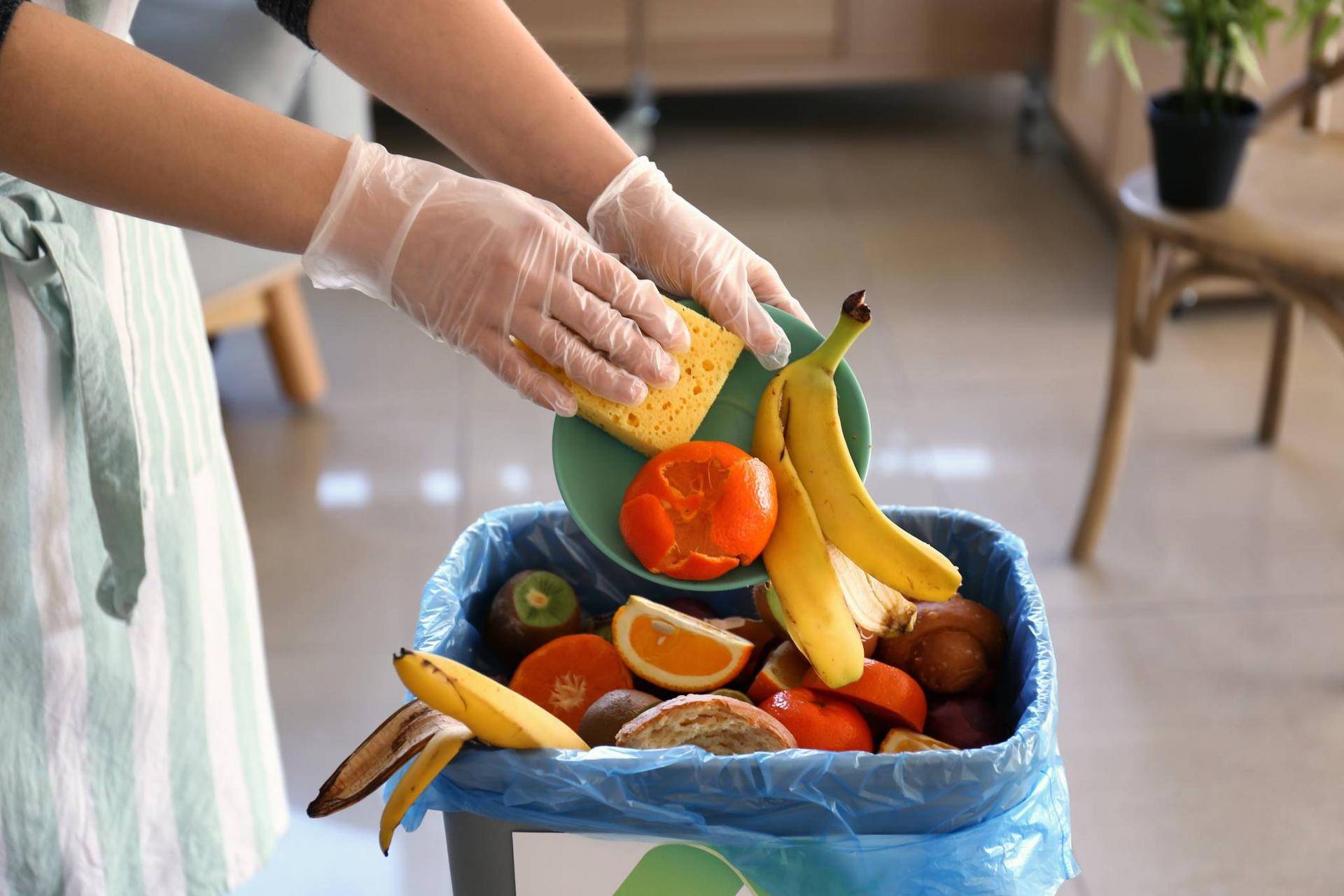By Palak Gupta
Did you know one-third of all food in the United States goes uneaten? That’s 133 billion pounds of food, and most of it (nearly 97%) ends up in landfills, combustion facilities, or down the drain to the sewer system. This accounts for $1,800 of wasted food for a family of four per year. That’s a lot of money that could be used for something enjoyable!
Contrast that with the one of 11 Utahns who live in a state of food insecurity and don’t know where their next meal will come from. Imagine how many people can be fed if we are mindful and prevent food waste. Here are some practical tips to help you minimize wasted food:
1. Meal planning – Create a weekly meal plan and make a shopping list accordingly. This will help you buy only what you need and avoid unnecessary purchases that may go to waste. Tip: If making a weekly meal plan is too overwhelming, start with two- or three-days’ worth of meals.
2. In-home shopping – Before going to the grocery store, shop your pantry. This will let you know what you currently have and prevent purchasing duplicates and discarded food. Tip: Plan meals around what’s in your pantry or fridge to save money and avoid waste.
3. Understand expiration dates – Most date labels indicate food quality, not safety. However, people often confuse them for safety labels and throw away food that is safe to eat. “Sell by” dates are used by manufacturers to recommend to the store when a product should be sold for the best quality. “Best by” dates indicate when the manufacturer ensures the product will be at its best quality. “Use by” dates are also set by the manufacturer to indicate when the product is at its peak quality. Tip: Trust your senses (sight, smell and taste) to determine if the food is still good to consume. Many foods are safe to eat after the listed date.
4. Store food properly – Proper food storage can help prevent spoilage and keep foods fresh longer. Store food in airtight containers in the refrigerator or freezer. Ensure your refrigerator is set at the appropriate temperature (below 40°F or 4°C). Tip: Instead of throwing away leftovers, store them properly and make another meal. For example, use leftover chicken to make a chicken salad or stir-fry, use vegetable scraps to make stocks, and use overripe fruits in smoothies or baking.
5. Practice portion control – Serve appropriate portions to prevent food from landing in the trash. Start with smaller portions and offer second helpings if desired. To ensure that portion sizes don’t exceed appetites, serve meals family-style. Tip: If you have unavoidable leftovers or food scraps, try composting, which reduces waste and creates nutrient-rich soil for gardening.
6. Donate excess food – If you have surplus non-perishable foods that are still safe to eat, consider donating them to local food banks or charities. Tip: Many organizations do not accept prepared foods, so be sure to call and ask what they do and do not accept.
7. Raise awareness – Encourage your family and friends to adopt these practices. Spread awareness about the importance of reducing food waste and its impact on hunger and the environment.
By implementing these strategies, you can significantly reduce food waste at home, help address food insecurity and positively impact our planet.

